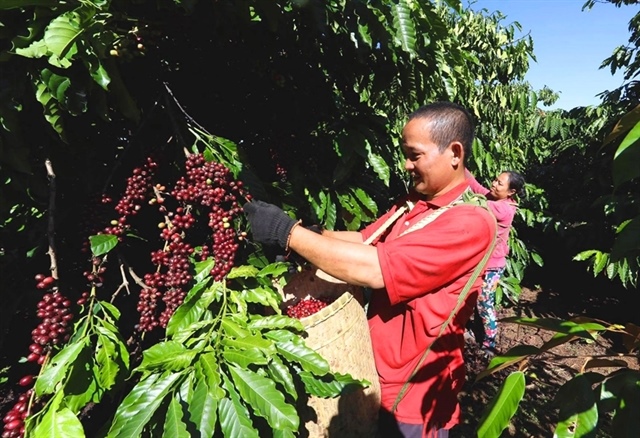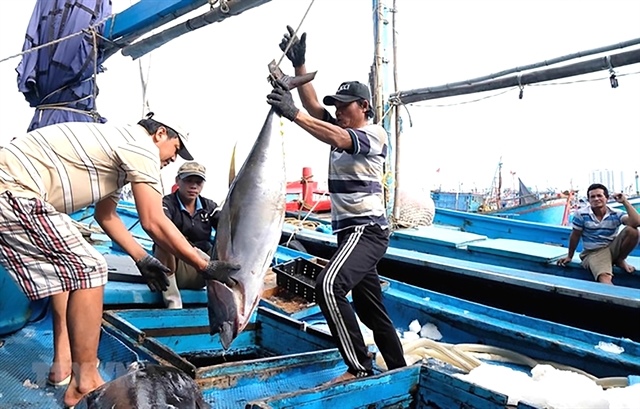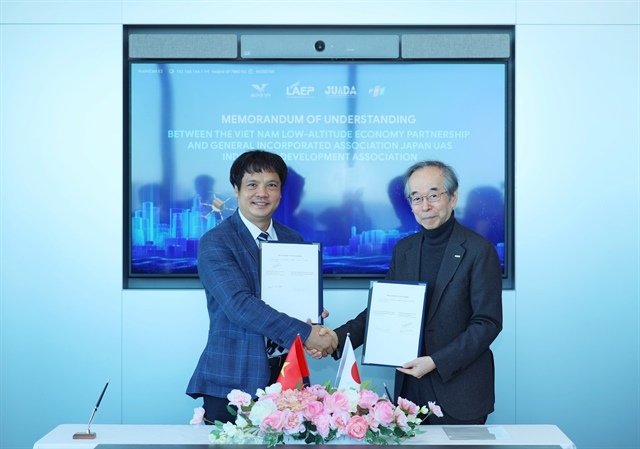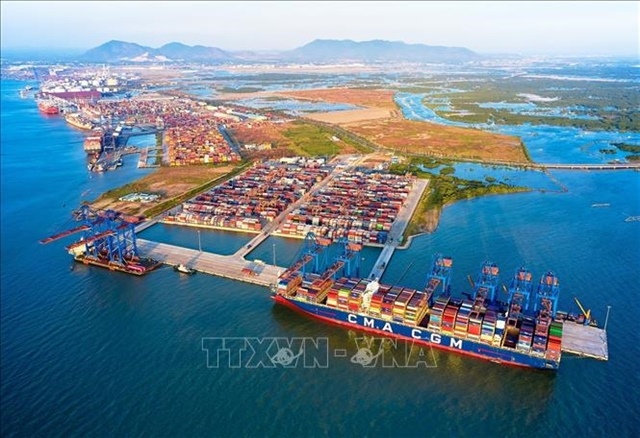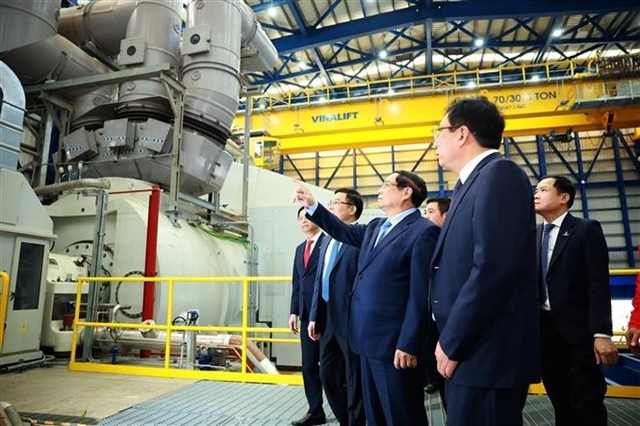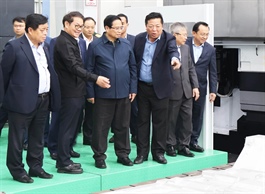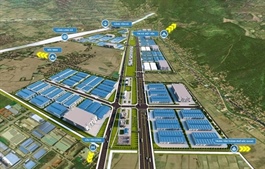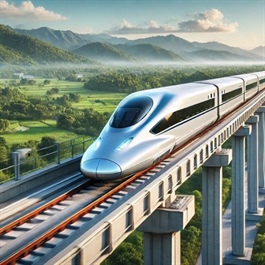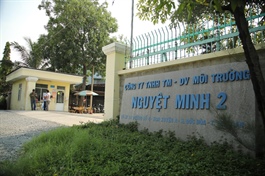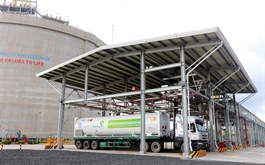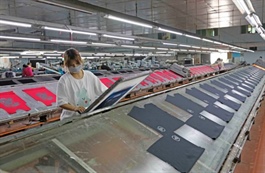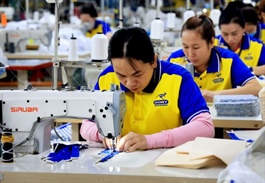Adapting to Trump 2.0: What Vietnam needs to do
Adapting to Trump 2.0: What Vietnam needs to do
As Donald Trump has returned to the White House, the world is witnessing the growing trend of the China Plus One strategy, designed to diversify businesses’ investment and lessen their dependence on China as a production destination.
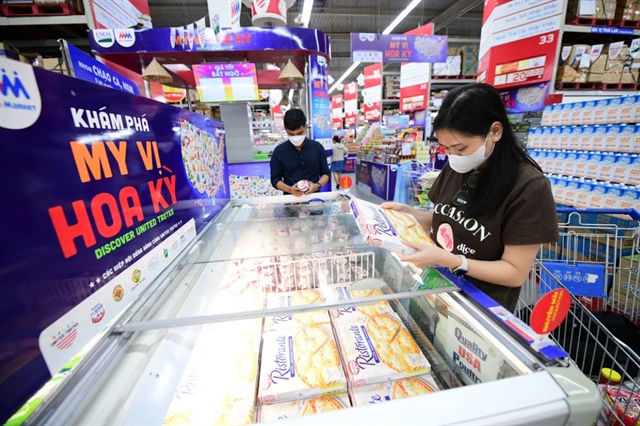
U.S. goods are on sale at a supermarket in Thu Duc City, Ho Chi Minh City. Photo: Quang Dinh / Tuoi Tre |
The Trump administration is likely to push for more manufacturers to move to the U.S. and boost its ‘friendshoring’ strategy, giving an opportunity to Southeast Asian nations, including Vietnam.
America’s ‘friendshoring’ strategy is centered around building and promoting production relationships and supply chains between the U.S. and countries Washington considers 'friends.'
For Vietnam, the move is expected to present both advantages and challenges.
One advantage is the ongoing development of bilateral relations between Vietnam and the U.S..
Particularly, President Trump has visited Vietnam twice, and after his victory in the 2024 presidential election, there were special exchanges, including a phone call between him and Party General Secretary of Vietnam To Lam.
Additionally, the economic and strategic trade interests of both nations are intertwined, benefiting not only Vietnam but also the U.S. from both economic and strategic perspectives.
A key highlight in their ties is Vietnam’s significant trade surplus with the U.S..
The large trade deficit must be understood from multiple perspectives. The U.S. cannot produce everything it needs and still relies on imports from abroad.
The competitive Vietnamese goods are beneficial to the U.S..
The trade deficit is a point of concern for Trump, and it is unclear when he may impose tariffs.
However, Vietnam is not a target for Trump’s punitive tariffs. Instead, Trump would likely seek a resolution through dialogue and negotiation between the two countries.
A parallel can be drawn with Canada and Mexico, U.S. neighbors that Trump once shocked the world by suggesting Canada could become the 51st U.S. state and by threatening tariffs on Mexico.
These moves, however, were more about addressing illegal immigration issues and possibly revising the North American Free Trade Agreement (NAFTA).
Amid the ongoing situation, Vietnam should take some key actions: buying goods that the U.S. wants to sell and that Vietnam needs, focusing on reducing the trade deficit but emphasizing transparency and fairness, especially regarding the origin of goods, and diversifying supply sources and markets, particularly increasing the localization rates in products made in Vietnam for export.
Moreover, it is vital to enhance the business and investment climate for both local and international companies, including American enterprises.
Vietnam must pay attention to the barriers faced by foreign investors, including American businesses, and take steps to address these investment and business constraints.
With a mutually beneficial partnership between Vietnam and the U.S., if Trump decides to impose tariffs, there will likely be a warning from Washington.
The tariff imposition will be gradual, as Trump seeks to secure a negotiation advantage, rather than levying tariffs without gaining anything in return.
Nevertheless, Vietnam should not wait until that point. Proactive steps should be taken now.
Vietnam needs to address the trade deficit issue, create mechanisms for dialogue with the U.S., and understand that while this is a challenge, it also presents an opportunity.
Given Vietnam’s position within U.S. strategy, there is space to navigate and resolve these issues effectively.
* This article was originally written in Vietnamese by former Vietnamese Deputy Minister of Foreign Affairs and former Vietnamese Ambassador to the U.S. Pham Quang Vinh.


